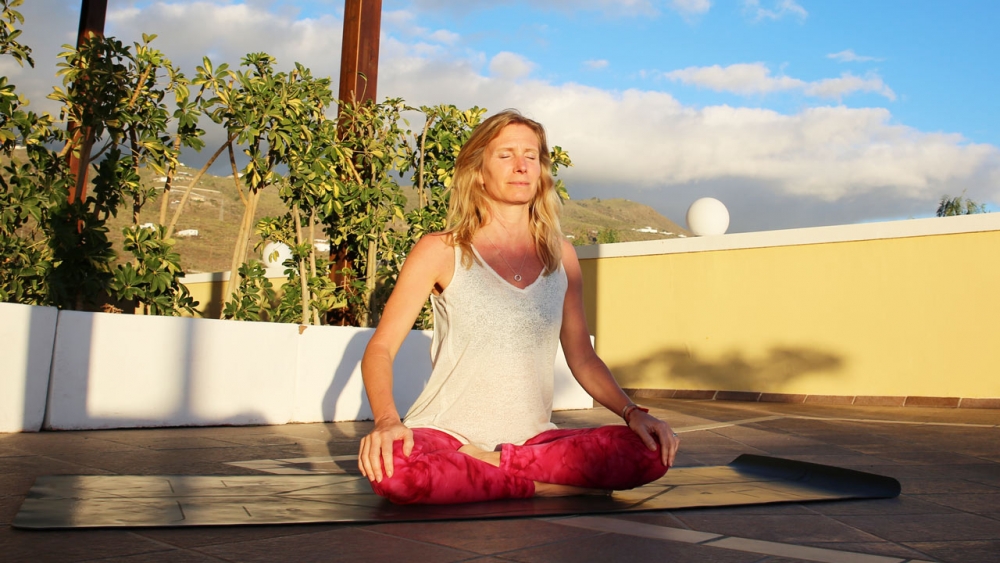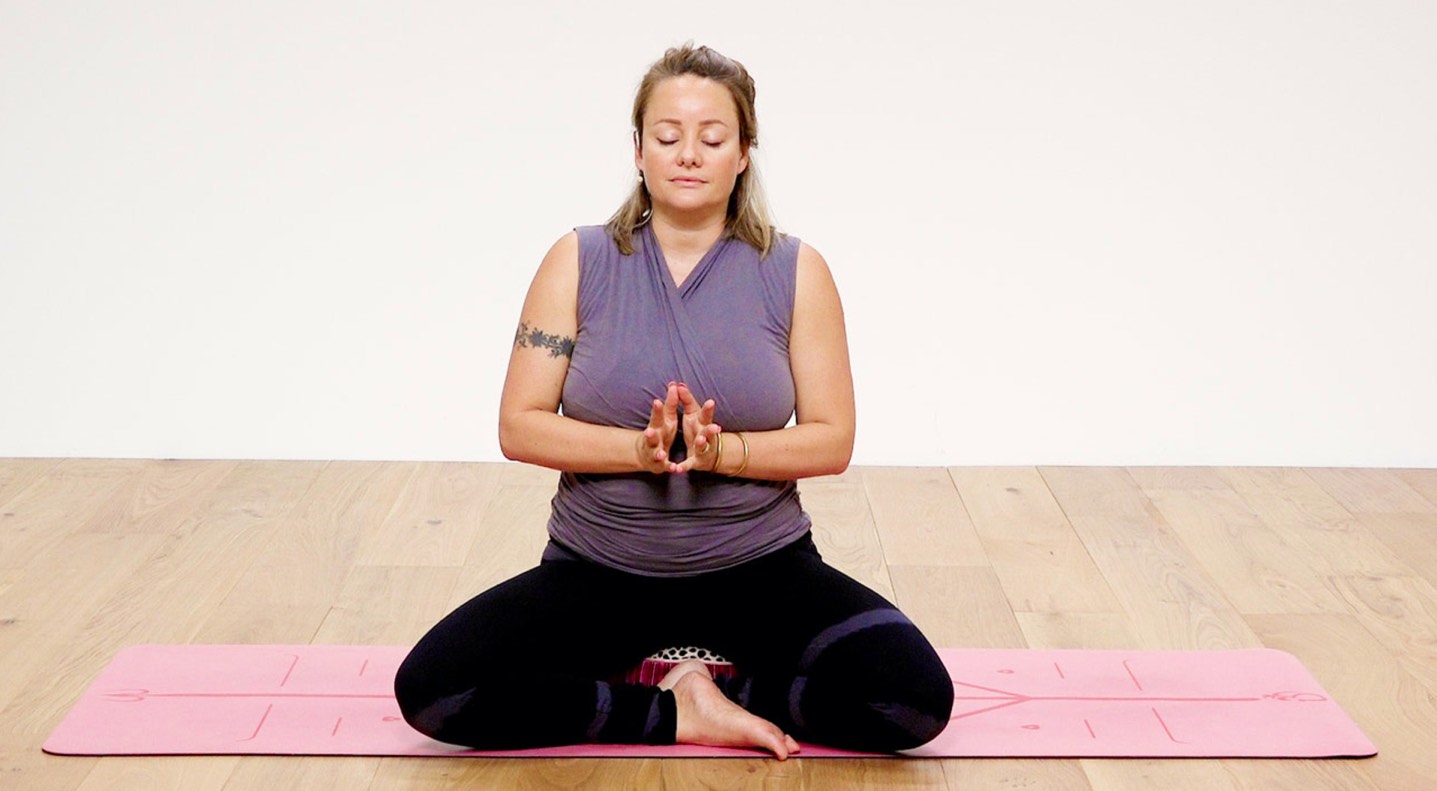1. One thing at a time
When we’re feeling overwhelmed by life, our tendency is to speed up – as if juggling eighteen balls at a hundred miles an hour with only half an eye on each of them is somehow going to lead to Getting Things Done. It won’t; some of them will inevitably get dropped. It has been scientifically demonstrated that the brain cannot effectively or efficiently switch between tasks, so instead of reducing time, multi-tasking actually costs time and you make mistakes. So focus on doing one thing at a time and do only that.
Try this:
Ask yourself ‘what is the most important/ urgent thing for me to at this moment?’ Turn your mobile phone to Silent, remove yourself from the distraction of social media and make a ‘rule’ to yourself to only check your emails a limited number of times during the course of a working day. If working on a computer, close the 15 or so other toolbar tabs that aren’t related to what you’re doing and commit yourself fully to your one task in hand. Out of work, if you’re brushing your teeth, or making a cup of tea, try and focus solely on the process of doing that one thing (rather than simultaneously cleaning the bathroom / emptying the dishwasher / texting your friend…)
Have more time?
- Read: What is mindfulness?
- Ekhart Yoga members: Guided deep rest mindfulness meditation with Jeff Foster
2. Stretch it out
Unreleased stress can have a huge impact on our body, resulting in tight shoulders, a sore neck, an aching back, a clenched jaw…even our eyes can feel tense if we’ve been staring at a computer or concentrating on detailed work for too long. Stretching increases blood flow to the muscles which aids circulation and encourages freer movement. It also stimulates receptors in the nervous system that reduce the production of stress hormones.
Try these:
- Read: 5 yoga tips for office workers plus free video!
- Ekhart Yoga members: Five feel good stretches with Esther Ekhart
3. Fake it!
Whilst it’s difficult to control our emotions, we can actually use our muscles to trick our brain into thinking that we feel something we actually don’t! Emotions are accompanied by a range of changes in the body, from increased heart rate, sweaty palms, dilated pupils to flexion of the zygomatic major muscle (smiling). However, the theory is this can also work the other way round:
The brain is so closely attuned to what our body is doing and this influences our emotions. Therefore, not only is smiling the result of feeling happy, feeling happy is a result of smiling!
Of course, there may be many other factors involved here – we’re more likely to elicit a more positive reaction from others if we’re smiling than if we’re frowning (as the old saying goes, the world is our mirror!) – but suspend all cynicism and try the following:
The pencil trick
Take a pencil and put it between your teeth, widthwise. Try and lift the apples of your cheeks up towards your eyes instead of out towards your ears. Stay here for about a minute…
Even if this doesn’t affect your mood, it’ll give others around you a good laugh (and laughter, of course, is a great stress-reliever in itself).
4. Take a deep breath

During times of stress, or due to poor posture (hunched over our desk/laptop/mobile/steering wheel) or because we are simply ‘holding ourselves’ subconsciously, the full potential of our breath can suffer and our breath can become limited to the chest area. Shallow breathing restricts the range of movement of the diaphragm so that the bottom part of the lungs don’t get their fair share of oxygenated air, which can make us feel anxious and short of breath. Deep abdominal breathing encourages more oxygen into the body which in turn slows the heart rate and lowers blood pressure.
Try this:
As you read this, sit (or stand) up straight, relax your shoulders, lift your chest ever so slightly and then take your attention to your belly. Really let go of your belly (an area many of us subconsciously hold onto). Take your awareness to your breath and as you start to inhale, notice the belly inflate, like a balloon. As you continue to inhale feel the breath start to expand the ribs… As you reach the end of your inhale, notice the chest lift but keep the shoulders relaxed.
Notice the pause and then gently ride the wave of your exhale; feel the chest drop slightly, the ribs draw together and the belly pulls back to the navel. Again pause, stay empty, and then gently invite the inhale in… Continue for ten breaths, paying close attention to the way the breath moves your body and to the pauses in between the in-breath and the out-breath.
Have more time?
- Read: The Beauty of your breath
- Ekhart Yoga members, practise: Breathing awareness with Esther Ekhart
5. Go outside!

Getting some fresh air is a quick way of kicking our brain into gear, ramping up our Vitamin D intake, and is said to improve concentration and increase creativity.
Even if you don’t live or work near a forest or beautiful park (and many of us don’t!), getting outside encourages us to take a little bit of exercise (one of the best mood-boosters there are) and increases the chances of social interaction – another great stress-reliever.
If you’re lucky enough to live near a green space, take some time to listen to the sounds of nature or watch the birds and notice what effect this simple act of moving our awareness from your inside world to world outside has on your mood.
Quick tips:
At work: have a meeting on the move. Instead of sitting at your desk, why not take your meeting outside? My colleague and I tried this the other day and it worked – not only did we get a boost of fresh air, we also found that the change of scenery boosted our creativity.
*Of course, the efficacy of this may diminish if there are more than a handful of people involved in the meeting, or if meeting minutes are required!
At home – take your cup of tea and drink it outside – or if you have a garden, do a bit of weeding. Just spending a few minutes every day to connect with nature, the feel of the wind on our skin, the sounds of the birds singing, the feel of the earth between our fingertips can have a profound effect on our wellbeing.
Open your windows! Even in winter we (and our homes) can benefit from the circulation of some fresh air. Try opening them when you are making breakfast or dinner and then closing them when you’re finished.
Melt your stress away with Marlene Smits
EkhartYoga members can try this beautiful, calming meditation including breath work and a mudra. You can incorporate this meditation into your yoga practice during periods of stress – Kundalini-inspired / 11 mins


